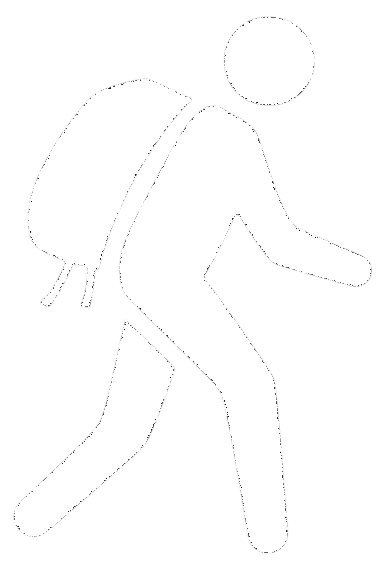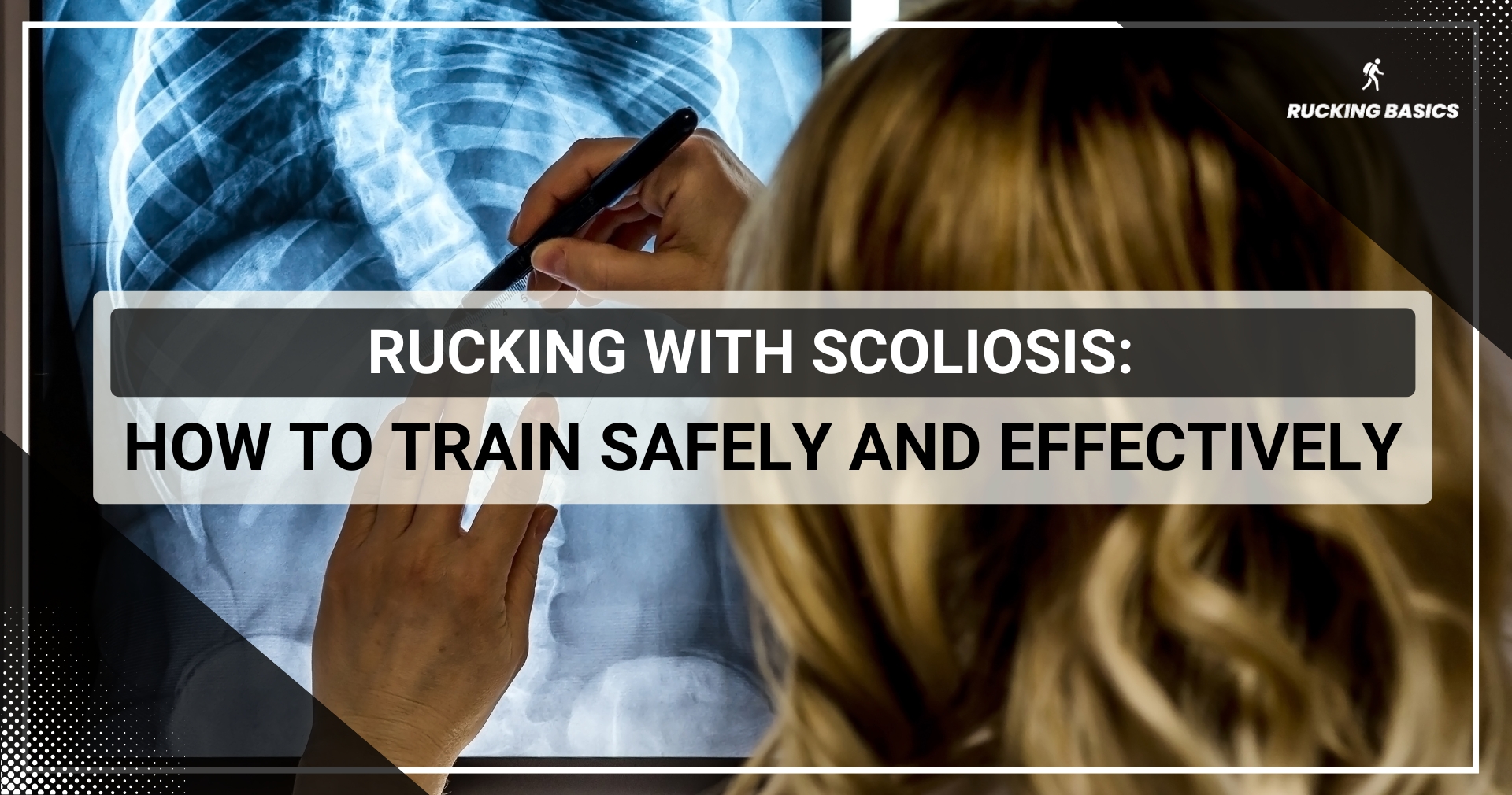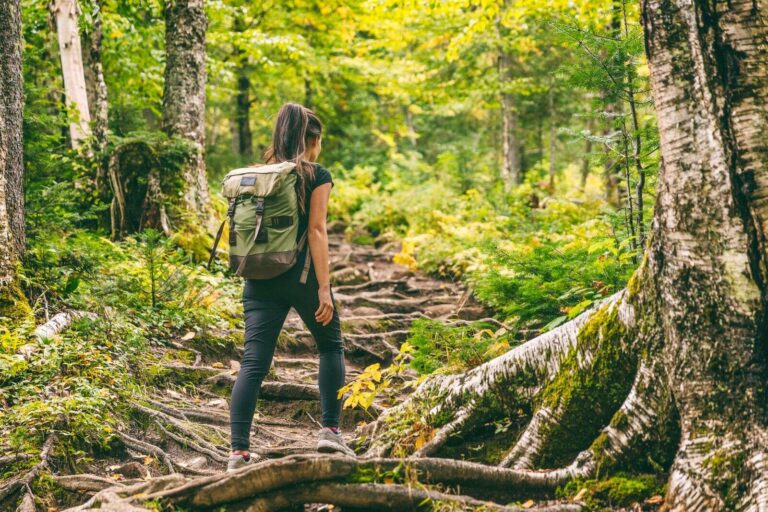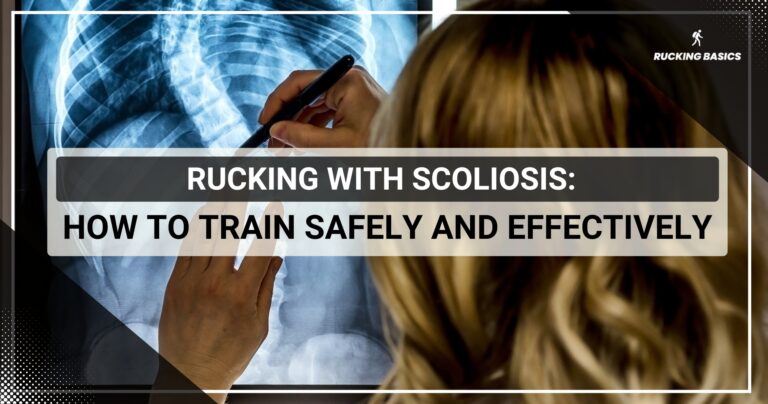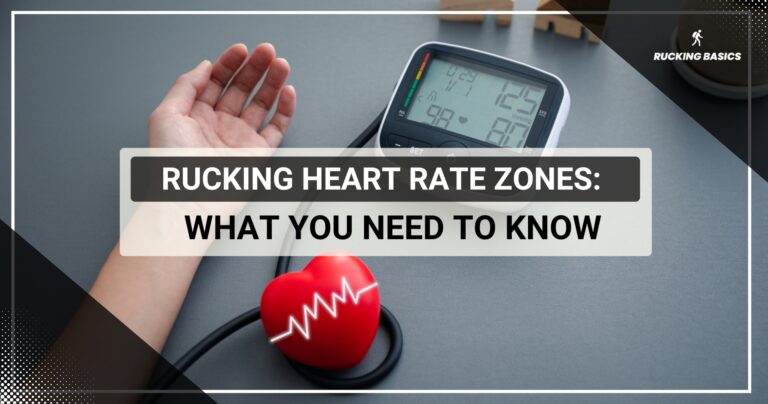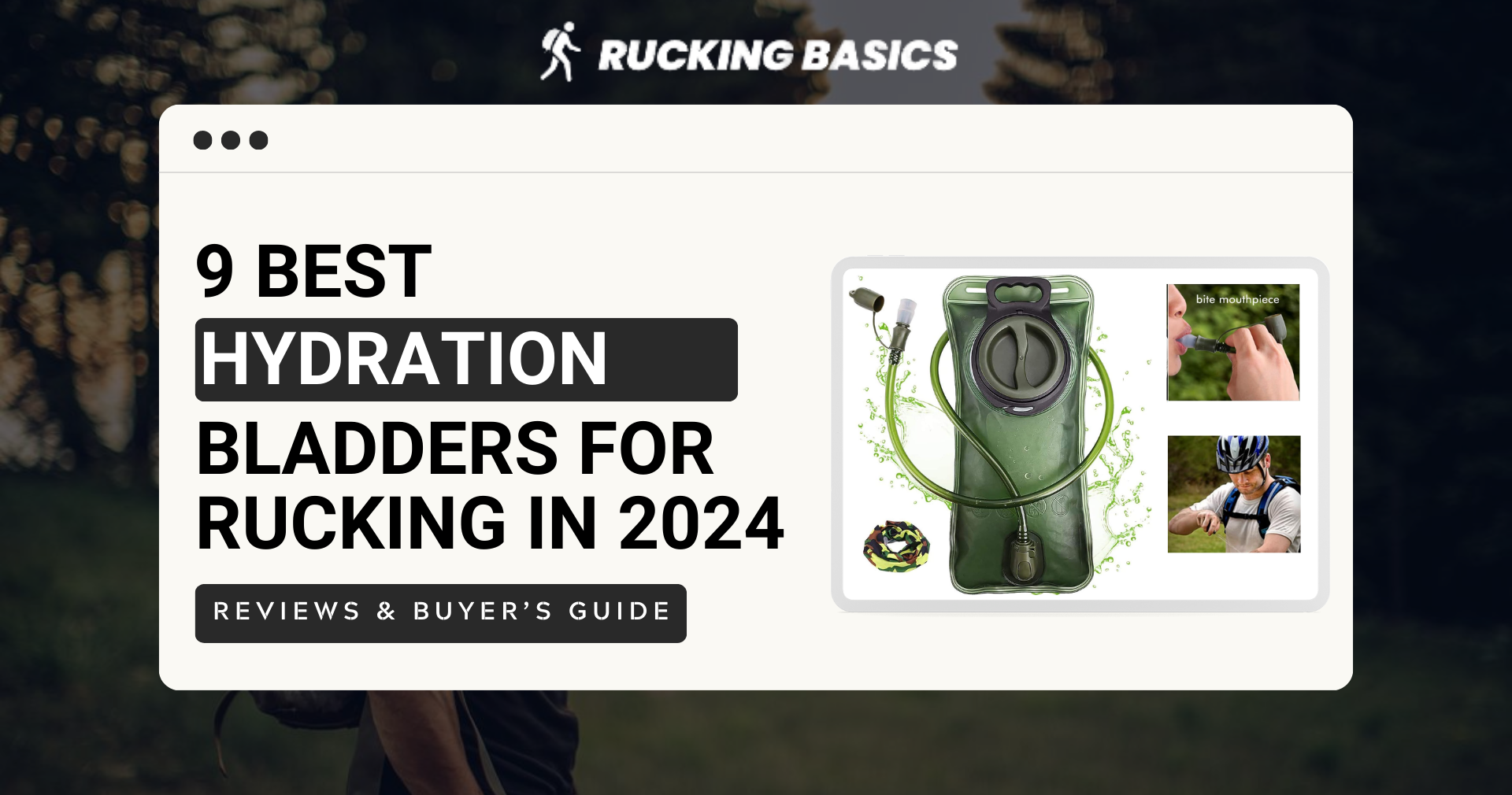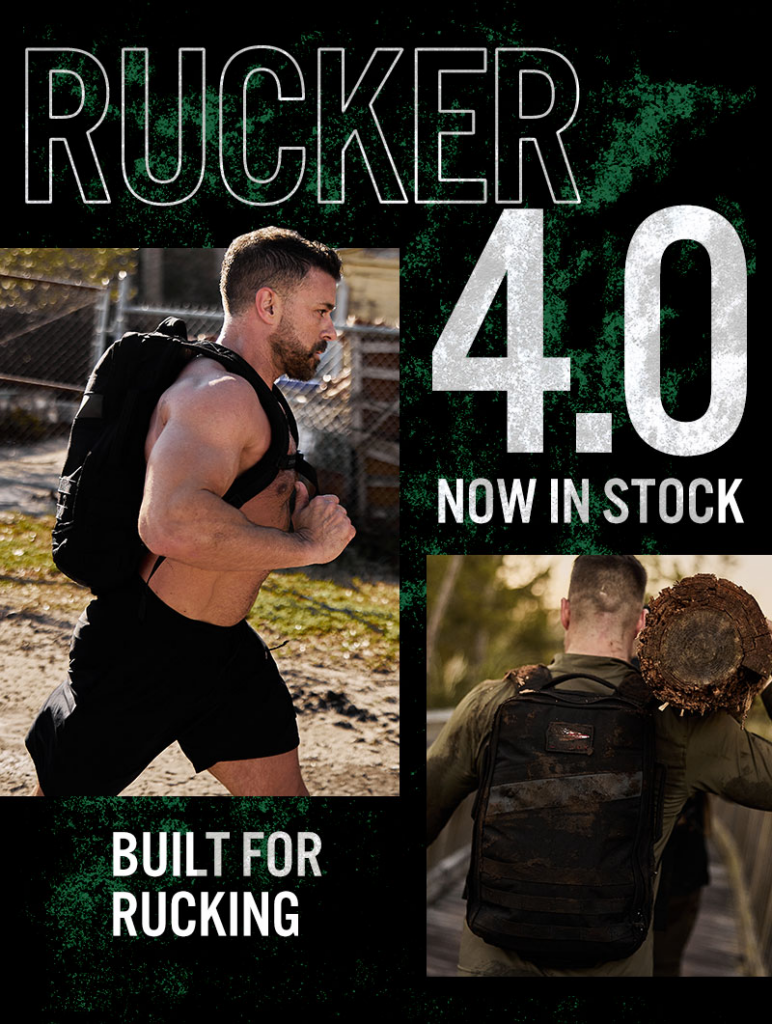If you have scoliosis, loading your spine with a weighted backpack might feel intimidating. Is rucking with scoliosis safe? Can it help or hurt your back? How do you make sure you’re doing it right? These are all important questions, and I won’t suggest ignoring your condition and simply powering through.
As someone who has worked with individuals across all fitness levels, including those managing scoliosis, I assure you that rucking can be a safe, enjoyable, and effective activity for people with this spinal condition. Of course, scoliosis comes with unique challenges, but it doesn’t have to prevent you from staying active.
In fact, with the proper techniques, gear, and training plan, rucking improves spinal health and builds the muscles that protect your back.
Together, we’ll explore the basics of scoliosis, how it affects your fitness routine, and why rucking is worth considering.
What is Scoliosis?
If you have scoliosis, you probably know the basics, but let’s discuss it a bit more before diving into rucking specifics.
It is a condition characterized by an abnormal lateral curvature of the spine, creating an “S” or “C” shape rather than a natural straight line. This curve can occur at various points in the spine, including the thoracic (upper back), lumbar spine (lower back), or even both regions.
There are several types of scoliosis, the most common being idiopathic scoliosis, which has no clear cause. Other forms include congenital scoliosis, present at birth, and neuromuscular scoliosis, a consequence of neuromuscular conditions. Trauma, infections, or degenerative spinal conditions can also lead to scoliosis.
Symptoms of scoliosis vary depending on the severity of the curve. In mild cases, you might only notice subtle signs like uneven shoulders, hips, or a slight rib cage protrusion. More pronounced curves can lead to noticeable body asymmetry, back pain, muscle imbalance, and even reduced lung capacity or difficulty with mobility in severe instances. Mild scoliosis often does not interfere with daily life, but moderate to severe cases are a real problem.
Can You Ruck with Scoliosis?
The short answer is yes, but there’s a big “if” attached — it’s safe if you take precautions and respect your limits. Rucking with scoliosis requires a more mindful approach than it might for someone without spinal curvature.
Carrying weight on your back inevitably adds stress to your spine, so this pressure could exacerbate postural imbalances if you’re not careful. That said, with the right adjustments and attention to detail, rucking can actually strengthen the muscles that support your spine and improve posture.
Benefits of Rucking for People with Scoliosis
Rucking session can be an incredibly beneficial activity for those with scoliosis.
Strengthens Core and Back Muscles
One of the biggest advantages of rucking is how it engages your core and back muscles. These muscles are natural braces for your spine, way better than actual braces. Core and back muscles provide stability and reduce the mechanical load on your skeletal structure. Over time, stronger core and back muscles help to counteract the muscular imbalances.
Improves Posture
Due to the curvature of the spine, scoliosis often leads to poor posture. Rucking encourages upright posture, especially when you focus on maintaining proper form. By carrying weight evenly distributed across your back and engaging your core muscles, you naturally train your body to stay aligned.
Enhances Balance and Stability
People with severe scoliosis often face challenges with balance and stability because of uneven muscle development. Rucking addresses these issues since you activate muscles throughout your body, including your legs, hips, and core. As you adjust to carrying weight while walking on different terrains, your body learns to adapt, enhancing your coordination and reducing your risk of falls or injuries.
Cardiovascular and Mental Health Benefits
Rucking is also a fantastic cardiovascular workout. Walking with weight gets your heart rate up, improves circulation, and boosts your stamina without the jarring impact of high-intensity exercises. This makes it an excellent option for people with scoliosis who want a cardio activity that’s gentle on the joints.
On the mental health front, rucking gives you a sense of calm and focus. Being outdoors, whether on a trail or in your local park, can lower stress levels, enhance your mood, and provide a much-needed mental break.
Builds Functional Strength
Unlike isolated gym exercises, rucking builds functional strength. Carrying weight on your back while walking is similar to carrying groceries, climbing stairs, or even hiking. This kind of muscle strength translates directly into better physical capability, making day-to-day activities easier and less taxing on your spine.
Potential Risks of Rucking with Scoliosis
Always be aware of this potential risk, but don’t stop because of them, just ruck smart.
- Spinal Stress: Carrying extra weight on your back inevitably increases spinal compression. If the weight isn’t evenly distributed or your rucksack doesn’t fit correctly, the added load will exacerbate discomfort or strain the curved areas of your spine.
- Postural Imbalances: Good posture is a cornerstone of safe rucking, but scoliosis makes maintaining proper spinal alignment more challenging. Uneven spinal curvature leads to leaning to one side or rotating your shoulders to offset discomfort. These imbalances can overwork certain muscles while underutilizing others, increasing the risk of muscle strain or worsening the spinal curve.
- Joint Strain: When rucking, your knees, hips, and ankles bear much of the load. For those with scoliosis, uneven posture or gait patterns might make this issue bigger, even causing tendonitis or something similar.
- Muscle Fatigue: Because scoliosis often creates muscle imbalances, some muscles have to work harder to compensate for weaker or overstretched areas. This uneven workload leads to more muscle fatigue.
Gear Recommendations for Rucking with Scoliosis
To every beginner, as well as experienced rucker, I remind you to use the right gear, and if you’re managing scoliosis, then it’s even more critical.
Rucksack
Look for a rucking rucksack with a sturdy internal or external frame, adjustable shoulder straps, sternum strap, hip belt, and substantial padding to prevent pressure points. A hip belt isn’t just a nice-to-have; it’s a necessity—it transfers much of the load to your hips and legs, relieving pressure on your back. I’ve found that testing different rucksacks in-store or buying from brands with generous return policies is worth the effort to find the perfect fit.
Footwear
Your feet bear the weight of the activity, so quality footwear is non-negotiable. Depending on your favorite type of rucking, the best choice may be GORUCK Ballistic Trainers or some other GORUCK model. If you have flat feet, then boots can be a good solution. Choose rucking boots or shoes with excellent arch support, shock absorption, and cushioning. These features protect your joints from strain and help maintain a stable gait. Also, you can buy insoles if necessary. Waterproof or breathable materials may also be worth considering depending on the terrain and climate where you’ll be rucking.
Weighted Plates or Bags
When adding weight to your rucksack, opt for ruck plate or sandbags that can be securely positioned to minimize shifting. Make sure your load is well-balanced and stable.
Optional accessories
Small details can significantly enhance your comfort and performance. To keep you comfortable on longer rucks, consider anti-chafing products, moisture-wicking socks, and hydration bladders. Trekking poles are another practical accessory.
Alternative Exercises to Complement Rucking for Scoliosis
Incorporating other exercises that improve overall strength, mobility, and endurance is essential.
- Strength Training: Planks, bird-dogs, deadlifts, and rows are excellent options. Planks and bird-dogs focus on building a stable core, while weight training including deadlifts and rows target your posterior chain, enhancing back strength.
- Yoga or Pilates: These are incredible tools for improving flexibility, posture, and overall body awareness. Yoga poses like downward dog, cat-cow, and warrior II can help lengthen and strengthen the spine.
- Swimming: No, swimming is not a magic solution for back problems, it is a myth. But swimming certainly provides a full-body, low-impact workout that can be good for people with scoliosis. Another benefit of swimming is improved lung capacity, and scoliosis affects the ribcage and respiratory function.
- Physical Therapy Exercises: If you’re managing scoliosis, working with a physical therapist is a great way to learn scoliosis-specific exercises like the Schroth Method.
- Walking and Low-Impact Cardio: In addition to rucking, regular walking or low-impact cardio activities like cycling or elliptical training can enhance cardiovascular fitness without putting excessive stress on your spine. Trying rucking on a treadmill, too.
- Foam Rolling and Stretching: Foam rolling and targeted stretching complement routine for scoliosis patients by reducing muscle tension and improving flexibility. Focus on the lower back, hamstrings, and hip flexors.
In Conclusion
Rucking with scoliosis or kyphosis is entirely possible and, in many cases, highly beneficial when approached thoughtfully. What makes rucking such a great option is its adaptability. You don’t need to follow someone else’s pace or carry a certain weight to feel the benefits.
The key is to take things slow. Build a foundational strength and bone density through resistance training. Start with lighter weights and shorter distances, focusing on maintaining an upright posture and listening to your body’s signals. Over time, as your confidence grows, you can gradually increase the intensity while continuing to protect your spine and avoid unnecessary strain.
Choosing the right gear is equally important. A well-fitted rucksack, supportive footwear, and additional aids like posture braces or trekking poles will make the difference. Pairing rucking with core strengthening and mobility work further supports your spine and reduces discomfort.
Frequently Asked Questions (FAQs)
How does scoliosis affect balance while rucking?
Scoliosis and spinal stenosis can create uneven muscle development and posture, which might make balance more challenging during rucking. Using lighter weights and focusing on controlled, steady steps can help with balance over time. If necessary, consider using trekking poles for added stability.
Should those with scoliosis avoid uphill rucking?
Not necessarily, but uphill ruck marching can put extra strain on the lower back and legs. If you have scoliosis, it’s best to start on flat terrain and later incorporate hills. Adjust weight when going incline.
What breathing techniques reduce tension while rucking with scoliosis?
Deep diaphragmatic breathing reduces tension and improves oxygen flow while rucking. Inhale deeply through your nose, fill your belly, and exhale fully through your mouth.
Are weighted vests a better alternative to backpacks for rucking with scoliosis?
Weighted vest, like GOPRO Training Weight Vest 2.0, may be a good alternative for those with scoliosis, as they distribute weight more evenly across the torso. This can reduce pressure on the spine compared to a traditional backpack, but a good rucksack will do the same job as well.
What are the warning signs to stop rucking if you have scoliosis?
Sharp lower back pain, numbness, tingling, or persistent discomfort are clear signs to stop rucking immediately. Also, if you feel your posture collapsing or experience difficulty maintaining balance, it’s time to rest and seek scoliosis treatment.
References
Janicki JA, Alman B. Scoliosis: Review of diagnosis and treatment. Paediatr Child Health. 2007 Nov;12(9):771-6. doi: 10.1093/pch/12.9.771. PMID: 19030463; PMCID: PMC2532872.
Tobias JH, Fairbank J, Harding I, Taylor HJ, Clark EM. Association between physical activity and scoliosis: a prospective cohort study. Int J Epidemiol. 2019 Aug 1;48(4):1152-1160. doi: 10.1093/ije/dyy268. PMID: 30535285; PMCID: PMC6896242.
Green BN, Johnson C, Moreau W. Is physical activity contraindicated for individuals with scoliosis? A systematic literature review. J Chiropr Med. 2009 Mar;8(1):25-37. doi: 10.1016/j.jcm.2008.11.001. PMID: 19646383; PMCID: PMC2697577.
Clark EM, Taylor HJ, Harding I, Hutchinson J, Nelson I, Deanfield JE, Ness AR, Tobias JH. Association between components of body composition and scoliosis: a prospective cohort study reporting differences identifiable before the onset of scoliosis. J Bone Miner Res. 2014 Aug;29(8):1729-36. doi: 10.1002/jbmr.2207. PMID: 24616164.
